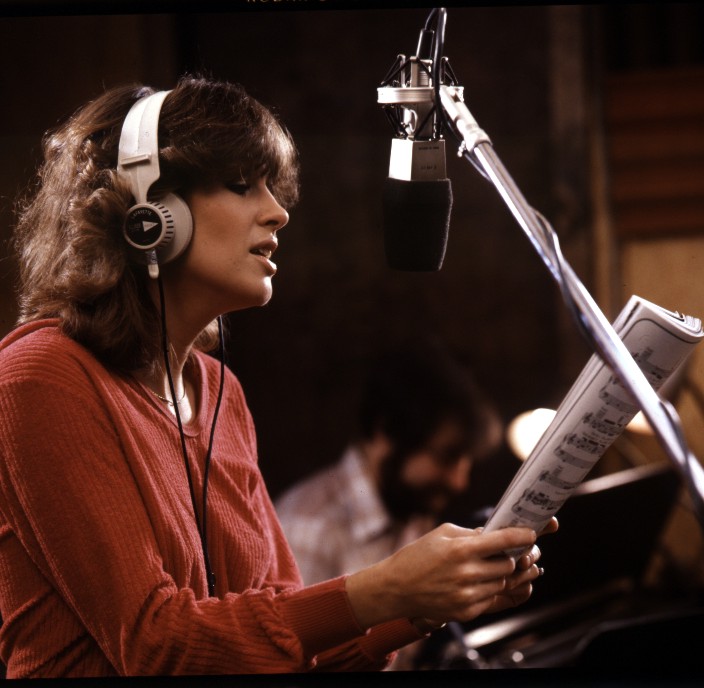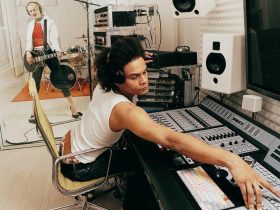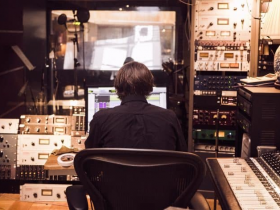There are methods we can choose during song recording process. As an example, with specific DAW, we should be able to record songs in multiple tracks simultaneously. It means that songs can be converted immediately into stereo and mono versions. We should choose a proper DAW that allows us to punch in and out of specific areas of the song, so we are able to correct errors. In this case, Pro Tools are known as a DAW with good punching features. If we have chosen a DAW, we should stick to it, especially if it has proper features. Each DAW offers different functions, so it will take time to get used to it. Once we have recorded our tracks, we should be able to mix, automate and eventually master songs.
Mixing is often considered as the most artistic part during song recording. There are different techniques and standards that we need to employ when mixing songs. It is very easy to determine how specific instrument should sound and how loud it is. We could apply compressions and fade-ins or fade outs. During this stage, the most essential tool that we need to constantly and properly use is our own ears. This can be quite challenging, because each band members could have different opinion about how an instrument should sound. Even professional mixers constantly listen to their mix and try to get second opinions for nearly everything. If we don’t like how a sound is represented, we could modify it or start over, by deleting it.
Because mixing is an artistic process, it is easy for many of us to get carried away. We could overdo the effects and fail to see the big picture. Always take time before making a modification and we should make sure that a change won’t radically change our song in a bad way. There are different tools that we could use during the mixing process, such as reverb, modulation, delay, tremolo, phaser, graphic equalizer, deesser, limiter, parametric equalizer and compressor. After we have completed the finalization process, we should export it. The final step is mastering and after the process, the song will be available for the general public.
During the mastering process, we apply stereo enhancements, equalization, dynamic compressions and gain improvements. An essential part of the mastering phase is maximizing and a type of limiter called maximizer is used for this purpose. In this case, mixers will determine how loud the song could get before too much compression is used. It also means that mixers will try to make the song as loud as possible without causing audible distortions. Most DAW includes mastering feature. Again, it is important to know how operate DAW, so we are able to perform the recording, mixing and mastering stages properly. In fact, it possible to record finished songs as MP3 files, because they typically include MP3 encoder. After repeating the whole painfully exciting process of recording a song, we will eventually able to create an entire album.
























